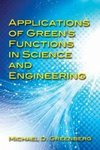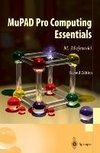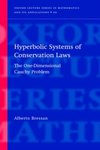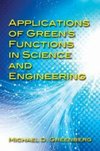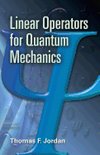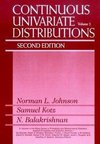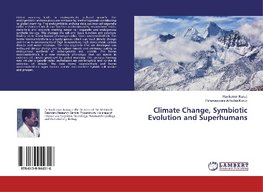
-
 Anglický jazyk
Anglický jazyk
Climate Change, Symbiotic Evolution and Superhumans
Autor: Ravikumar Kurup
Global warming leads to endosymbiotic archaeal growth. The endosymbiotic archaea produces methane by methanogenesis contributing to global warming. The endosymbiotic archaea develops into cell organelle called archaeaons which can function as vitaminocytes,... Viac o knihe
Na objednávku
50.85 €
bežná cena: 56.50 €
O knihe
Global warming leads to endosymbiotic archaeal growth. The endosymbiotic archaea produces methane by methanogenesis contributing to global warming. The endosymbiotic archaea develops into cell organelle called archaeaons which can function as vitaminocytes, neurotransminoids, steroidelle and viroidelle creating newer cell organelle and endogenous synthetic biology. This changes the cell and tissue function and structure leading on to a new human phenotype called homo neoneanderthalis. The homo neoneanderthalis is a hardy species which can resist climate change and thrive in environments of high temperature, high atmospheric carbon dioxide and water shortage. The new organelle that are developed can withstand climate change and fix carbon dioxide and ammonia leading to endogenous synthesis of carbohydrates and protein. The homo neoneanderthalis is a new metabolic phenotype that can survive in extremes of climate produced by global warming. The archaea forming new cellular organelle called archaeaons are extremophilic and survive in extremes of climate. The new homo neanderthalis and homo neoneanderthalis super human autistic man-machine hybrids will survive and prosper.
- Vydavateľstvo: LAP LAMBERT Academic Publishing
- Rok vydania: 2018
- Formát: Paperback
- Rozmer: 220 x 150 mm
- Jazyk: Anglický jazyk
- ISBN: 9786139944316

